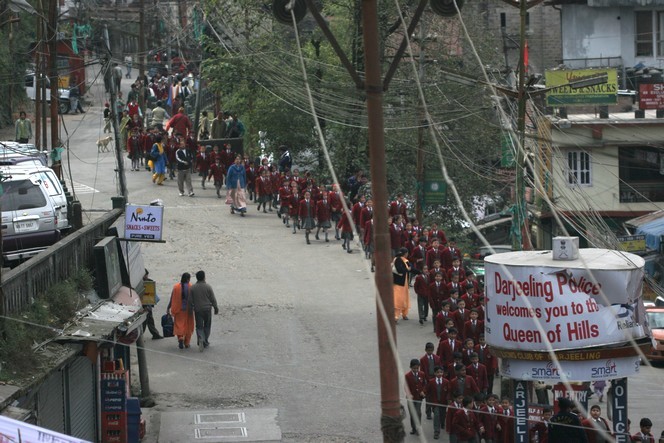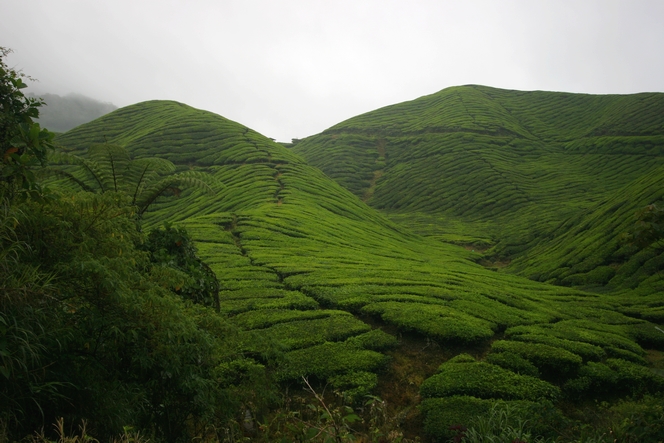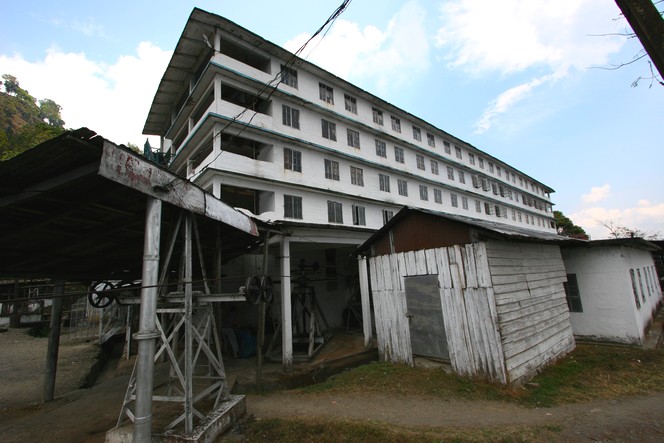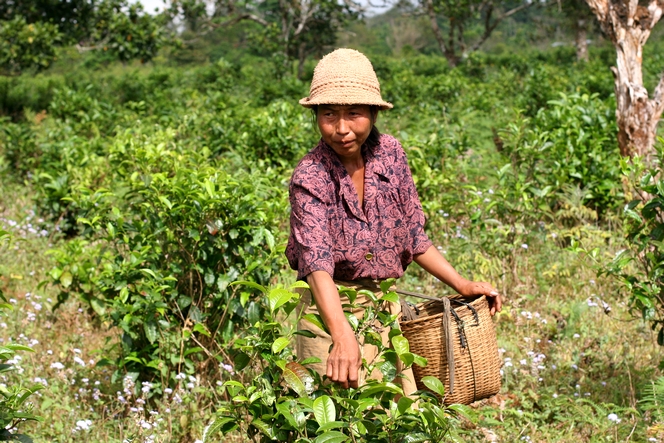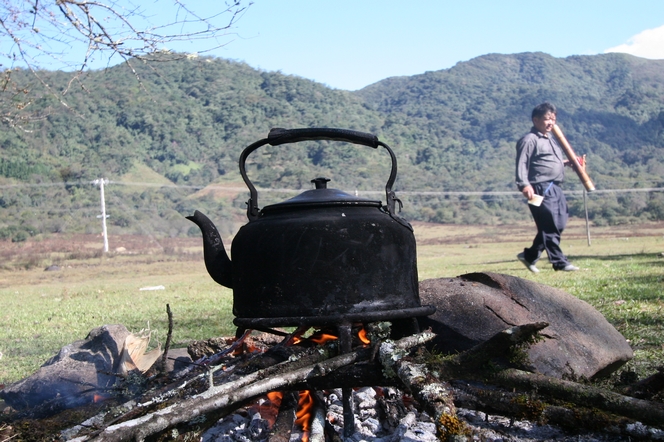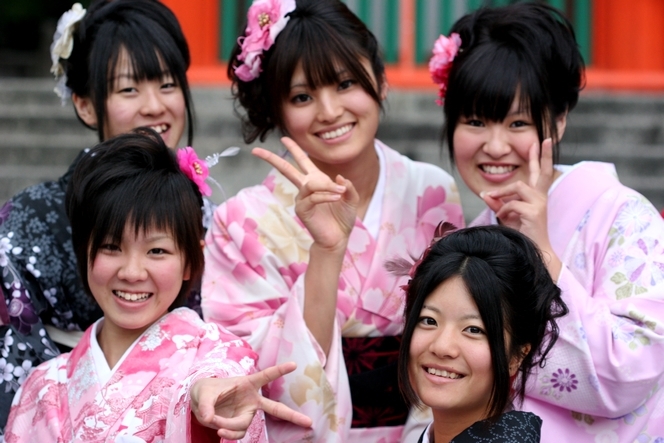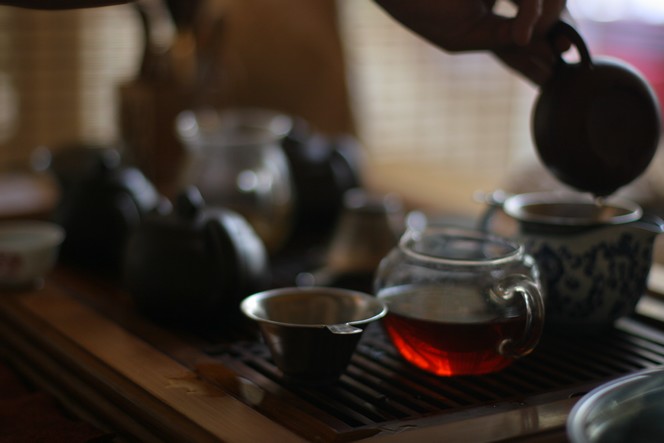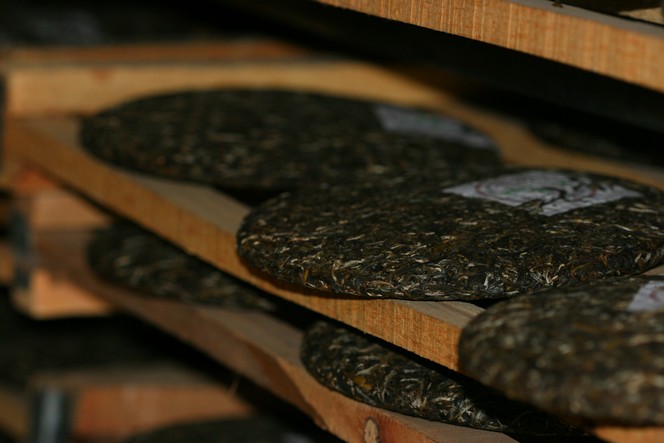In Darjeeling, like everywhere else in India, school uniform is taken seriously. At every level of the education system, school colours are worn with pride. Here, the boys and girls are wearing the school crest embroidered on their blazers, and perfectly knotted ties. I imagine one of the benefits of this system is to iron out differences in social backgrounds.
This morning parade gives me the opportunity to show you a street in Darjeeling. This is Nehru Road, where my hotel is. Look at the complex networks of electrical cables. They inspire respect for the engineers, who must have a very difficult job with repairs.
You will also notice that in this city, affectionately known as the “Queen of the Mountains”, the Darjeeling police, despite the battered air of their station, extend a warm welcome to visitors!

